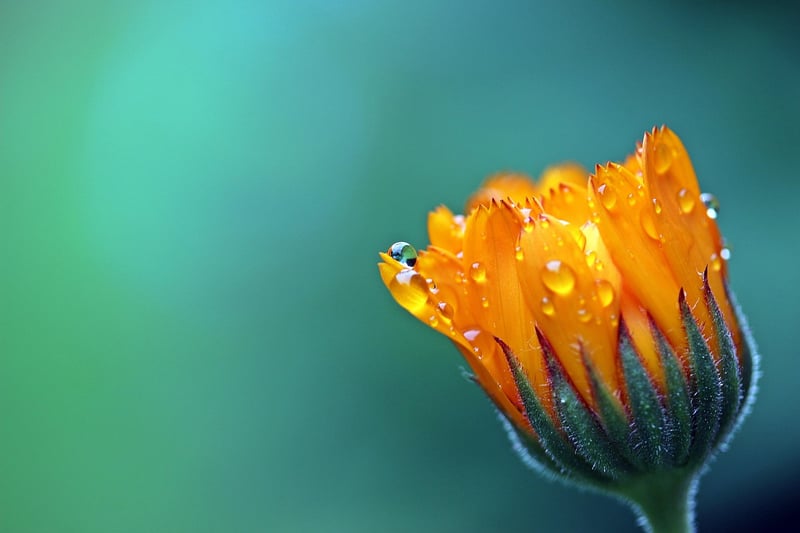Companion Planting
Protecting Your Garden with Companion Planting
Are you looking for natural ways to protect your garden from pests and improve plant growth? Companion planting might be the solution you need. By strategically placing certain plants together, you can create a harmonious ecosystem that deters pests, attracts beneficial insects, and enhances the overall health of your garden. Let's explore the concept of companion planting and how you can use it to safeguard your garden.
What is Companion Planting?
Companion planting involves growing different plants in close proximity to one another to achieve specific benefits. These benefits can include pest control, pollination enhancement, improved nutrient uptake, and even enhanced flavor in some vegetables and herbs. This age-old practice is based on the idea that certain plants can help each other thrive when planted together.
How Does Companion Planting Protect Your Garden?
One of the primary advantages of companion planting is natural pest control. Some plants emit odors or chemicals that repel pests, effectively protecting nearby plants. For example, planting marigolds alongside tomatoes can help deter nematodes, while growing basil near tomatoes can ward off tomato hornworms.
Additionally, companion planting can attract beneficial insects such as ladybugs, lacewings, and bees, which prey on common garden pests like aphids and caterpillars. By creating a diverse garden ecosystem, you can reduce the need for harmful chemical pesticides and promote a healthier environment for your plants.
Popular Companion Plant Combinations
- Tomatoes and Basil: Basil repels pests that commonly affect tomatoes and enhances their flavor.
- Cucumbers and Nasturtiums: Nasturtiums attract aphids away from cucumbers, acting as a natural trap crop.
- Carrots and Onions: Onions repel carrot flies, protecting the carrot crop from infestation.
- Corn, Beans, and Squash: Known as the "Three Sisters," this trio mutually benefits each other's growth.
Get Started with Companion Planting
If you're new to companion planting, start small by incorporating a few companion plant pairs in your garden. Research the specific needs and benefits of each plant combination to maximize their effectiveness. Remember to consider factors like sunlight, soil quality, and water requirements when planning your garden layout.
By embracing the principles of companion planting, you can create a resilient and biodiverse garden that thrives naturally. Say goodbye to chemical pesticides and hello to a harmonious garden ecosystem that protects itself while yielding bountiful harvests.
Enhance your gardening experience with the power of companion planting today!

Image source: Pixabay
